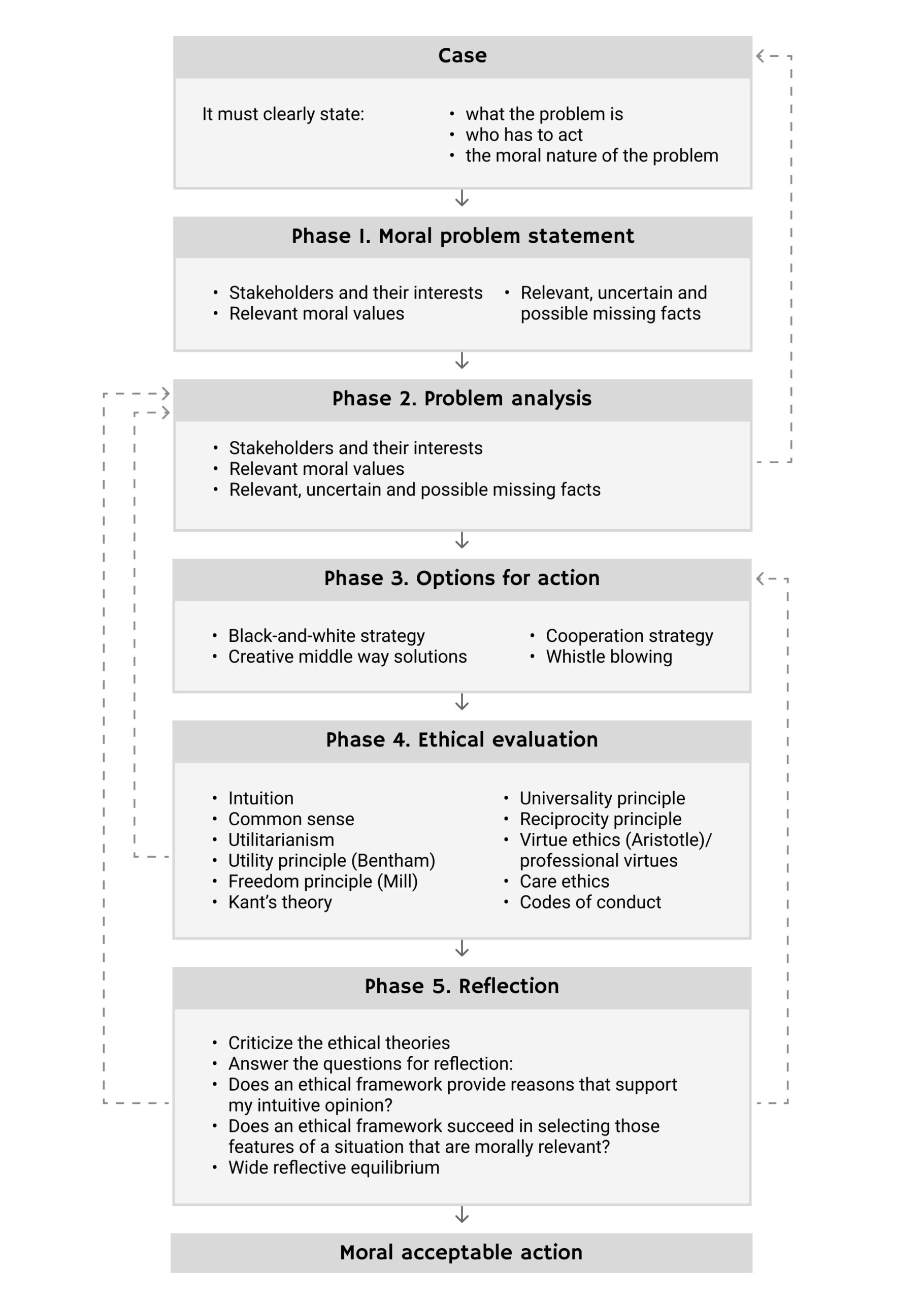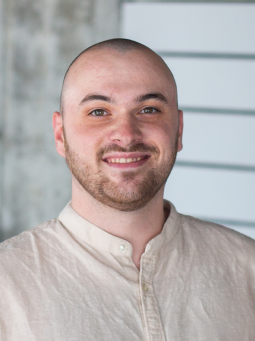What's
Workshop on Techno-Ethical Case Research & Writing
In May, I had the privilege of attending the Techno-Ethical Case Research & Writing Workshop hosted by the Applied Ethics Department at Middle East Technical University (METU) in Ankara, Turkey. The workshop was part of the ETHICS4CHALLENGES project which aims at addressing contemporary challenges related to environmental degradation, advances in biomedicalization, and rampant digitalization. It aims to address them through flexible ethics education pathways to teach the necessary ethical awareness to students of all backgrounds (engineering, sciences, social, and human sciences) and foster critical thinking about science and technology in a way that advances core European values.
This two-day workshop brought together philosophy and ethics students from METU and STS students from National and Kapodistrian University of Athens, Greece where I was doing my Erasmus+ exchange at the time. It combined theoretical insights from technology and engineering ethics, followed by presentations of real-life case studies collected by METU students, and, last but not least, hands-on exercises in turning unstructured and often messy case studies into useful educational formats. Unsurprisingly, many of the ethical risks discussed throughout the multiple case studies presented touched upon issues related to AI ethics, such as privacy and bias, but also freedom of speech, overreliance, or surveillance.
Identifying and Analyzing Ethical Problems
The first day of the workshop started with a quick breakfast at the wonderful METU campus before we moved to the METU Alumni Club where the first day of the workshop took place. Before we started working on writing our case studies, it was necessary to first clarify what exactly constitutes an ethical problem. Thus, the workshop commenced with a session led by Gülizar Karahan Balya and Büşra Akkökler Karatekeli. Their presentation drew upon the ethical cycle framework proposed by Ibo van de Poel. He argues that ethical problems are “ill-structured.” Unlike straightforward mathematical equations, moral dilemmas don’t follow a linear path. They’re messy, context-dependent, and multifaceted, and addressing them requires a systematic approach.

Source: Poel, I. van de, & Royakkers, L. M. M. (2011). Ethics, technology, and engineering: An introduction. Wiley-Blackwell.
In order to get a clearer understanding of how such a framework might be applied, we discussed the now notorious “Gilbane Gold” case study. We discussed which values are at stake, who are the relevant stakeholders and how we might interpret the case study through the lenses of various moral theories such as utilitarianism, deontology, consequentialism, or virtue ethics.
Sample Techno-Ethical Case Discussion and Student Presentations
Following the theoretical insights, the next thing on the agenda was to bring into the discussion some real-life techno-ethical cases. This part was chaired by Barış Parkan, who must have done a great job at checking the background of the incoming participants. I mention this because as an example she has decided to read and use a paper authored by KInIT researchers in which we argue for a risk-based approach to regulating facial recognition technologies (FRT) in public spaces while distinguishing between different use cases and assessing moral risks in order to identify appropriate countermeasures. The group then discussed moral problems related to facial recognition technology in light of the previously outlined ethical cycle. This was a great opportunity to shed some more light on what we do at KInIT and how we conduct our ethics-based assessments with industrial partners. Even though our goals might differ, we seek to go beyond turning our industry collaborations into educational case studies (which we still do, by turning our experiences and insights into research papers, such as our latest paper which emerged out of industry collaboration). All the participants agreed that there is immense value in being able to directly collaborate with industries, even in such areas as technology ethics.
We then moved to student presentations. Each student conducted a qualitative interview with people from various sectors and industries. The aim was to extract interesting case studies from the Turkish context that can be used for further educational purposes, by making visible the potential moral problems they might entail. I was really impressed by the work done by the students, and the wide range of thought-provoking case studies they came up with. These included cases such as a software company introducing a tracking and monitoring system for employees of a water company whose task is to go house-to-house to measure and read the water meters. Or potential misuse of the so-called “AI Companions” or friends for manipulation and radicalization of children. Such cases open up important questions related to autonomy, surveillance but also the impact of technologies on employment and deskilling. Student groups were then formed around these cases, and we ended the first day of the workshop with a social event and a dinner.
Day 2: Case Studies Writing Exercises
We arrived early at the beautiful Ankara Citadel where the second day of the conference took place. Grabbing a quick coffee and breakfast, we then moved to the old traditional Turkish Konagi house, which provided a beautiful historical venue, including rooms where famous Turkish journalists and historians had worked. The second day kicked off with a first round of the case writing exercise. Starting with an insightful presentation about the usefulness of case studies for education guided by Nazli Wasti Pamuksuz and Direnç Erşahin. We got acquainted with the basic structure and elements of standard case studies. In general, they consist of a concise opening section which introduces the key characters, the setting, and the problems that the technology can solve or cause. Most importantly, it needs to end with a strong closing statement that encourages the reader to discuss the technology from various ethical perspectives.
Writing the opening section is just the beginning, and we quickly realized that there is a lot of effort that needs to be put into writing a case study that can be used for educational purposes. We were introduced to some helpful tools to help us outline our unstructured case study in a more comprehensive format. It was important to write down who is the target learner group, what are the key themes of the story, and the key learning objectives of the case study. Then, to think about how they relate to ethical theories, and what extra information or knowledge is required for students to achieve key learning objectives. Last but not least, each case study needs to come with extensive teaching notes and a plan so that the case study can be used by anyone after it is published. The task for the first round of the group writing exercise was to clarify all these points before diving into writing the opening section and the body of the case study.
After having finished this exercise, we set a plan for how we want to continue working on our case study – at the end of the day, it is an iterative process between multiple team members. We finished this insightful and practical part of the workshop with a long walk around the historical center of Ankara. I was leaving Ankara the next day, having met new friends with a shared enthusiasm for technology ethics. It was great to see that more and more teams are focusing on industry collaborations to provide tailored and more contextual education that can increase students’ ethical sensitivity and awareness.


